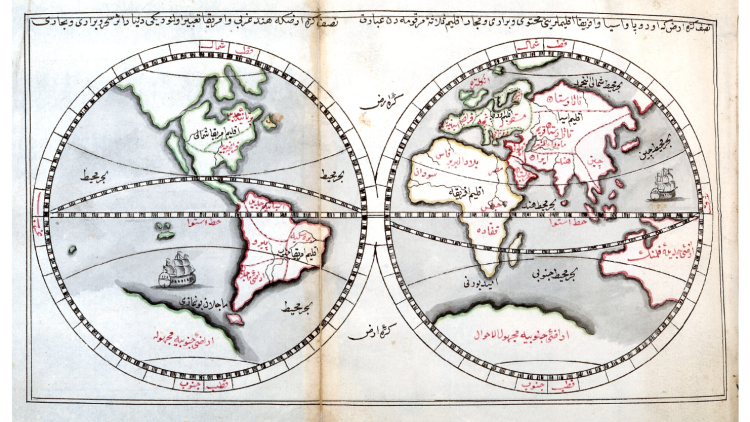Department of History


Welcome
We lead the world in research and teaching about the histories of Asia and Africa. According to the newly-published QS World University Rankings by Subject, SOAS History has ascended to 44th in the world and 11th in the UK.
We are the only history department that does history from the perspective of Asia and Africa, rather than through a western-centric framework.
Studying with us allows you to explore the dynamic histories of these regions in depth and to work closely with world-renowned historians whose research is building a new way of looking at the world as a whole. We approach those histories by focusing on a range of topics, including culture, religion, gender, economics, law, politics, technology, and warfare.
We will help you to develop the valuable critical thinking, research, and writing skills that will enable you to make a difference in the world in whatever career you choose. We offer a variety of BA, MA, and PhD programme options.

'At SOAS we approach history from local, not Western, perspectives, becoming “anti-colonial” by critically dealing with our own archival past. The historians in our research-driven department share this passion in their teaching and supervision.'
Meet the academics
Our unique concentration of experts are unsurpassed in scale and reach by any other institution worldwide.




